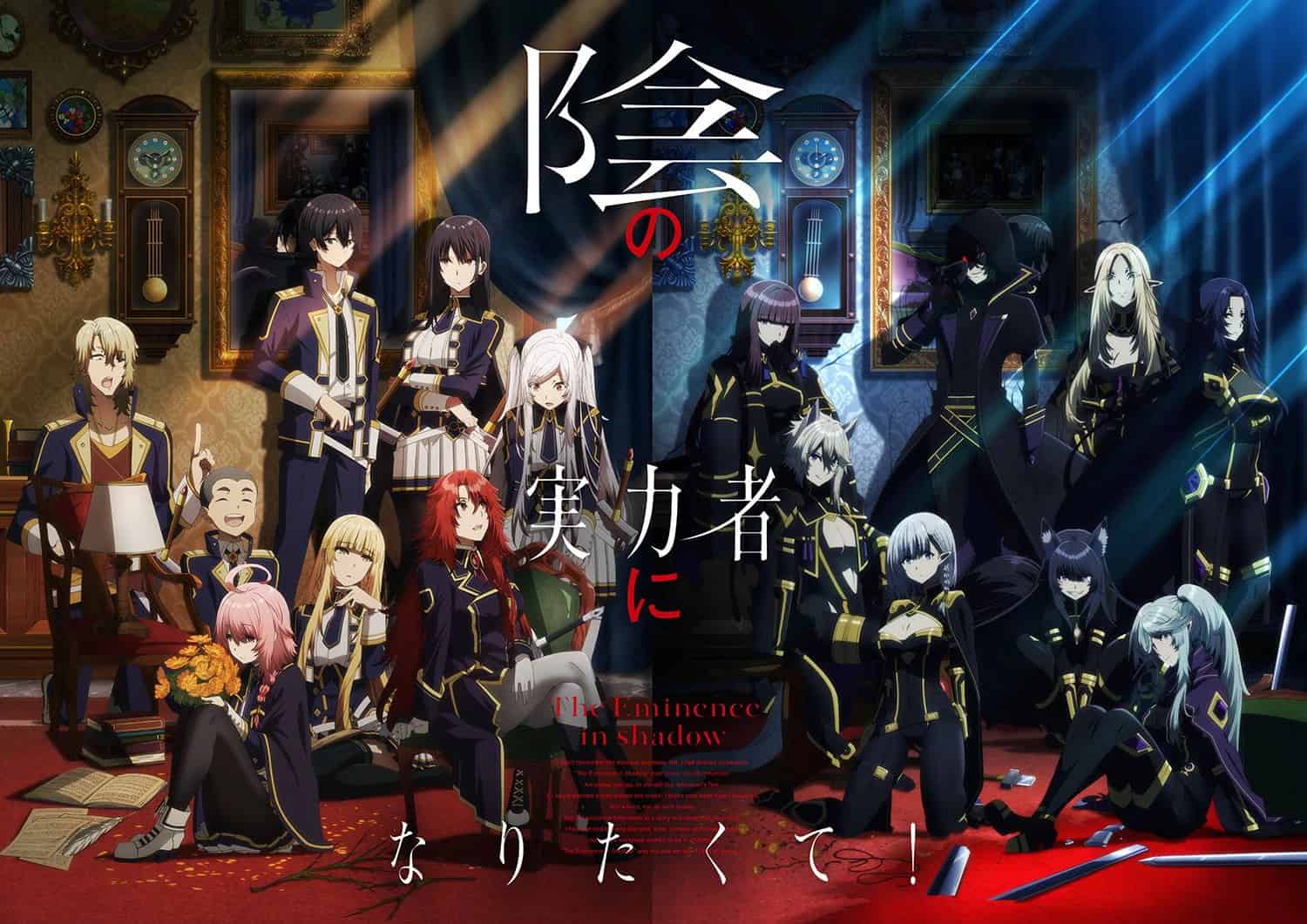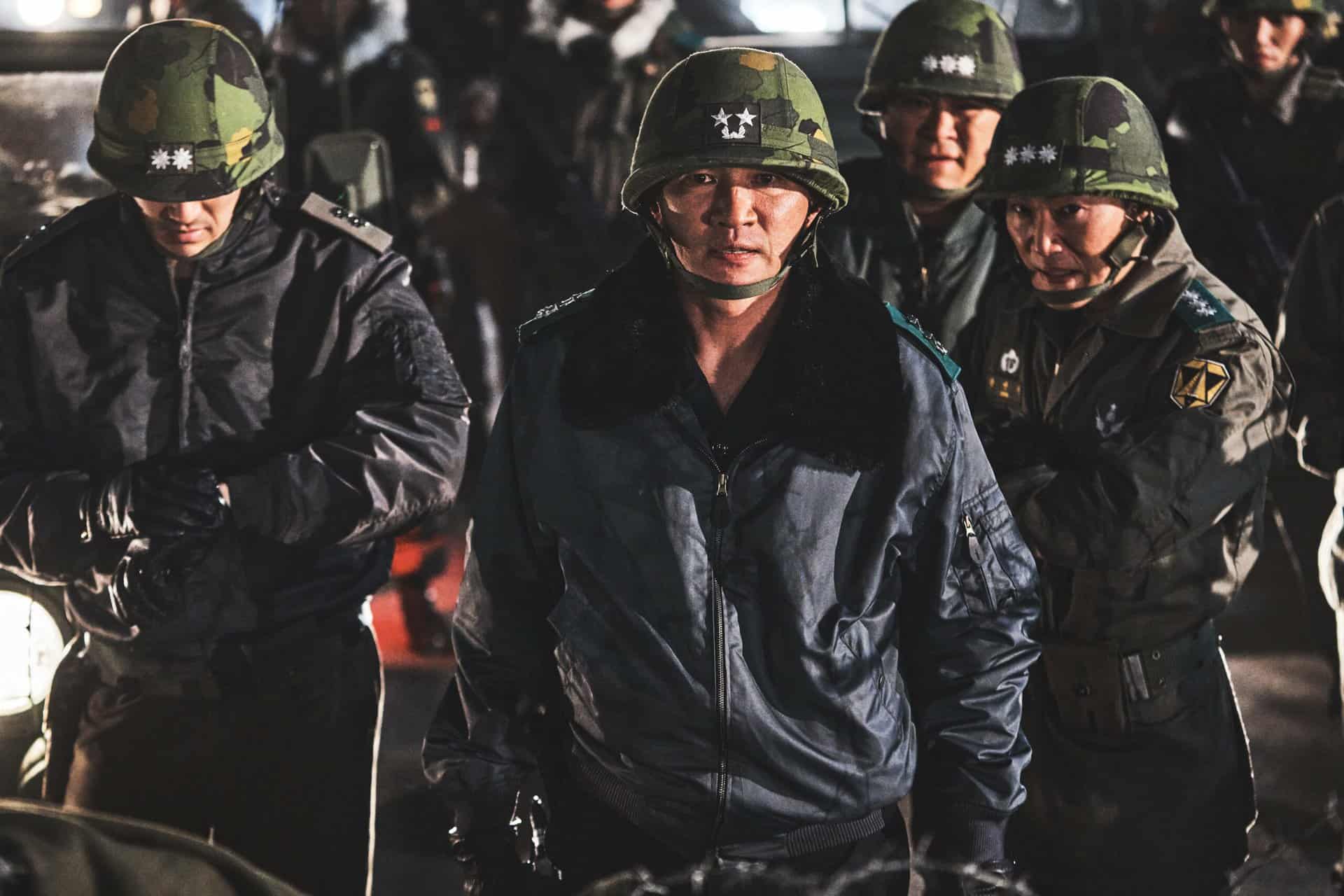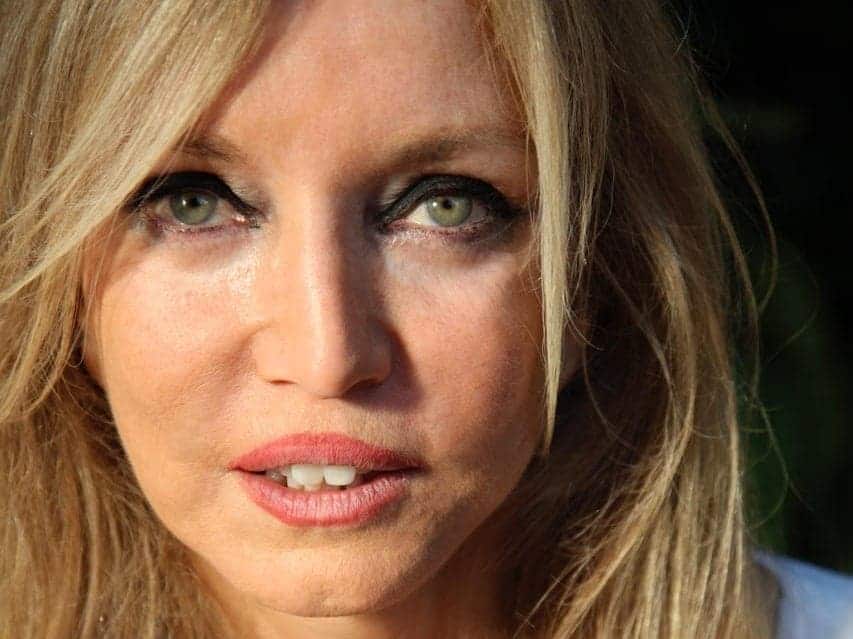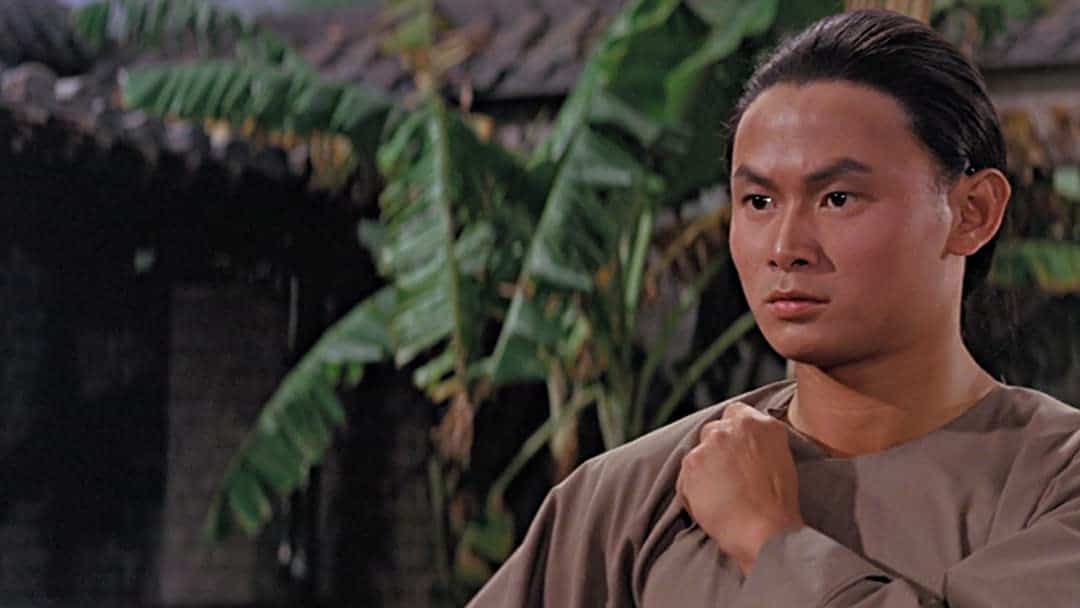Jiyeong Hong came to Tallinn to present her latest feature film “The Waves, The Sound, and Two Lovers In The Middle Of…” in the competition programme Rebels With a Cause. Unique in style and technique, the film stood out as one of the artistically most accomplished titles in this year's selection.
Asian Movie Pulse met the director shortly after the world premiere in Tallinn, to discuss her love of distorted images, dance as a form of protest and ‘otherness'
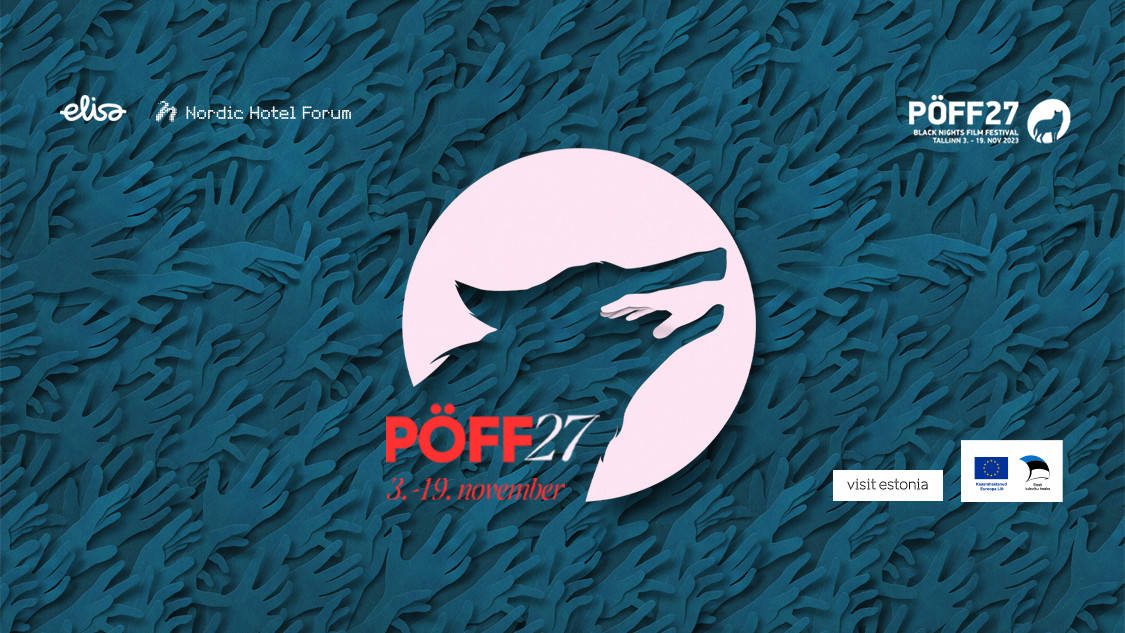
Could you tell us something about your background?
I have a degree in fine arts and philosophy, but I am not sure if that affected my film style. At the same time, I love to make experimental films which are all queer-themed. I am not trying to re-invent the wheel in terms of experimental style or creating something so far unseen but I use my ideas to speak about queer themes which are told in an experimental cinematographic language. My films resist the social norms. I am always in search of ways to express myself in an atypical manner. I really believe in what I am doing as a filmmaker, and I also believe in fiction films. What I would like to say is that I believe that films can express things like no other art.
I find the original title in Korean beautiful, because it means “I will give you back this wave, these ripples”. It sounds as poetic as the words spoken in the voice over.
The sound in films is usually in the background, and you also have background music. I wanted to focus on that and reverse it. When we watch films, we perceive sound as something secondary. I wanted to bring it in front, but not as the main theme. That is why I used the black screen at the beginning of the movie. That was quite an intentional move. Secondly, I absolutely shied of a dialogue. The reason for that is that I found voice-over a fitting solution for what I was trying to achieve. I wanted to have a voice which didn't belong to one of the two main characters, so I chose another actor. It had to sound as a fairytale, and the rest of ‘voiced' narration came from nature – the plants on the shore, the waves…
Check also this article
What kind of meaning the sea has for you? Obviously, it plays a significant role in the movie.
Regarding the sound of the waves, at the spot where I filmed the tidal flow is extreme. I wanted to capture all of the sounds the water movement can produce. We tend to perceive only loud sounds, but I was determined to catch all kind of fine tones that could be perceived by ear.
I was actually inspired by a poem called “The Wave” written by Adrienne Rich who was an American feminist, esseyist and queer activist. While watching the waves she thought of the failure, and life in general. When I read it, I immediately connected to it.
When you say “failure”, do you relate the word to the lack of accomplishment or to something else?
I mean it in the sense of failing to fit into normativity. I wanted to show the power of resistance and perseverance, as given by nature. For me, the waves are the symbol for it.
Your ‘fairy' is telling a tale about witches and monsters.
Yes. I think that us queers are monsters and witches, and very often ghosts. Since for many, many centuries, women were considered as creatures who could harm you. They were even burned as witches. Queer people, especially women are still perceived like threatening creatures. On the one side, I wanted to tell a kind of fairytale, on the other there are other facets of the narrative.
We spoke about the richness of sound in your movie, but equally beautiful is occassionally occurring, complete silence. How do you work with sound?
I do not know how to explain it in technical terms, but I have an excellent sound designer Morceau J. Woo who knew what I expected. The buzzing sounds, for instance, could become quite uncomfortable but I just thought that we do not only hear the beautiful sounds, but also the disturbing ones, who also are a kind of ‘failure'. I tried to find a rhythm fitting for the story.
We already said that apart from witches and monsters, also ghosts populate your world, and they tend to haunt ghastly looking spaces. Can you tell us something about your shooting locations?
Very often queer people are invisible and the image is therefore also flickering. Ghosts may exist but we think that they actually do not exist. Lot's of people dismiss this as ridiculous. If you look at some European countries, their LGTBQ+ communities are practically invisible or very small. For instance, here in Estonia, same sex marriage was approved this summer, many years after Scandinavian countries did. I have a feeling that the queer community here is still invisible, that it doesn't have a strong presence. Also look at the anti-protests by religious groups every time there is a gay parade, no matter what church we are talking about. Only such conflicts come up in the news, while real life stays invisible. When two girls go hand in hand, most of the people will think they are just best friends. That's how it is. I suppose that I wanted to depict that through the flickering images.
During the research about your film, I realized that you initially wanted to make a dance performance but that you went into a completely different direction. Could you tell us what changed your course?
I made a short dance film and developed it into a feature film. There are differences. The dance film was about the queerness and the movement. I connected social criticism with queer-like body movement. That was the start. There is of course a dance element in “The Waves, The Sound, and Two Lovers In The Middle Of…”, too. Actually the ghosts, a couple we see slowly moving passed one of the abandoned buildings are professional dancers and they created a fine choreography.
I will ask you the probably most asked question about your movie. Why did you opt for the 6mm DV camera?
In the present era, we do not want to see the pixels. We want 4K movies. Even me, when I watch YouTube, I want a clear picture so I never use 480p format, but the full 1080p. Pixels stand for either a bad connection or for failure. I thought that making the pixels visible will show resistance to norms, just like non-binary and queer people don't fit into other norms. There are of course many queer films that come to the festivals but you would always have the standard focus with side stories. I wanted to show that but not reversely, by changing the resolution. That is the same as affirming the failure to the norm.
How did you finance the project?
This project couldn't get funding from film councils and we didn't even need that much money because our camera was bought in an antique shop, and it was cheap. And also, I am doing lots of things by myself, especially in post-production. We got funded by the art council. They saw this film as an artistic project because it has so many different components. We got a small amount of money there. I have to give a big credit to my producer.
The world premiere here in Tallinn went pretty well.
Oh, yes. I am still overwhelmed. I could not dream that this would come true, but I thought that I have nothing to lose by trying to get my film playing at the festival. There are not that many big festivals that accept experimental films. Tallinn doesn't even have an experimental section, and they still thought that my film could compete in such a strong competition program. I didn't have any expectations, but I was met with open arms. Now I feel very connected.




